Frost Flowers: Complete Guide To Formation, Spotting, And Care
Discover the mesmerizing phenomenon of frost flowers, how they form, where to find them, and the plants that create these delicate winter wonders.
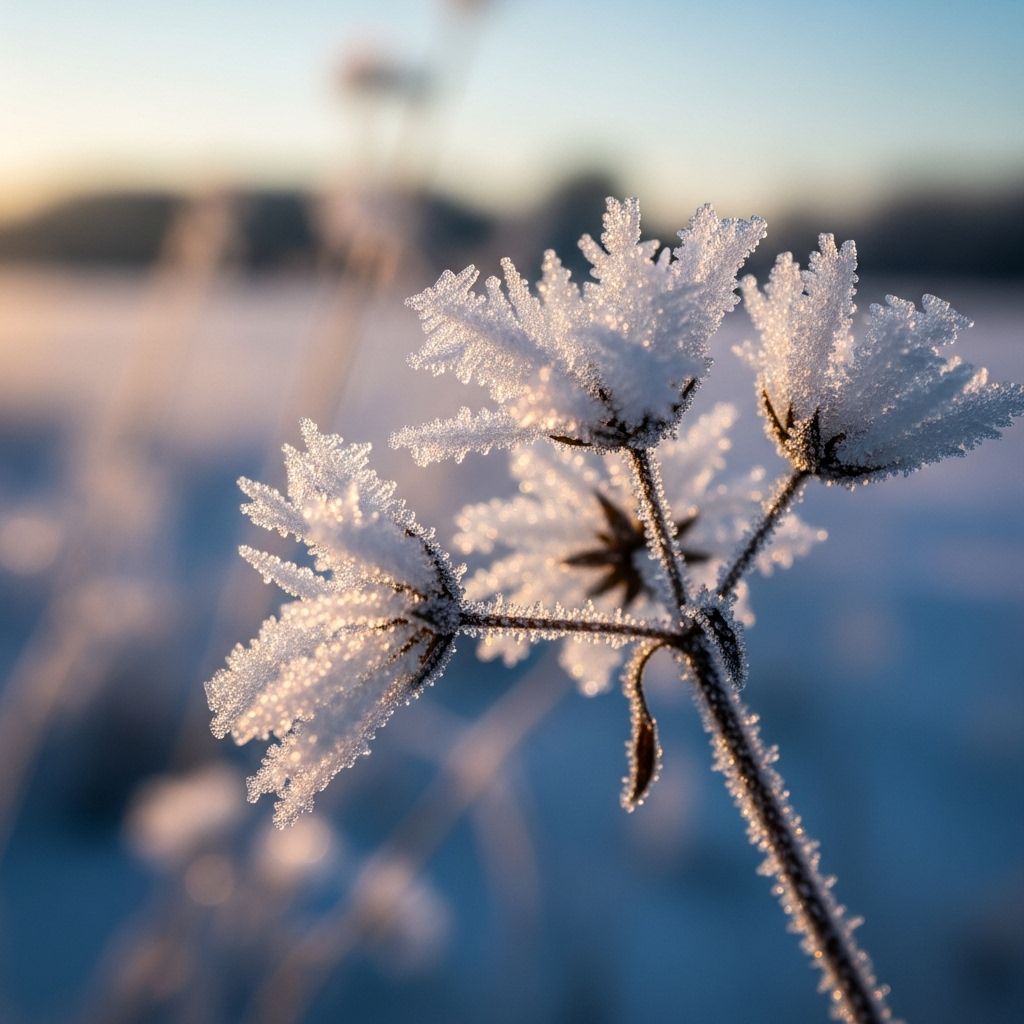
Image: HearthJunction Design Team
Frost Flowers: Nature’s Delicate Winter Sculptures
When winter’s chill settles in and dawn breaks on a frosty morning, a rare and ephemeral spectacle quietly unfolds in the quiet corners of certain gardens and wild places: frost flowers. These gossamer ribbons of ice, unfurling from the stems of select plants, captivate those lucky enough to spot them. More fleeting than snowflakes, yet no less enchanting, frost flowers offer a glimpse into the artistry of nature at its most transient. What are frost flowers, how do they form, and where can you find them? Let’s explore these marvels of the cold season in detail.
What Are Frost Flowers?
Frost flowers are delicate, often paper-thin ribbons or curls of ice that form under specific conditions on the stems of certain plants. Despite their name, they aren’t true flowers and do not belong to any taxonomic botanical group. Instead, they are a rare physical phenomenon, celebrated by naturalists and garden enthusiasts for their unique beauty and their elusive, short-lived existence.
The Beauty and Allure of Frost Flowers
The allure of frost flowers is magnified by their rarity and fragility. Their snowy white or translucent forms can resemble elaborate blossoms, unfurling petals, or even frosted ribbons cascading from long-stemmed plants. Like rainbows or auroras, their appearance is unpredictable and fleeting, making every sighting memorable. Frost flowers have inspired photographers and artists, with sightings enthusiastically chronicled online and in gardening circles.
How Do Frost Flowers Form?
The formation of frost flowers relies on a fascinating interplay of plant biology and meteorology. Their creation depends on a precise combination of ground and air temperatures, plant physiology, and atmospheric conditions. Here’s how the magic happens:
- Unfrozen Ground, Freezing Air: The ground must remain unfrozen while the air temperature drops below freezing, typically at night.
- Sap Expansion: In these conditions, sap in the stem of certain herbaceous plants begins to expand as it freezes.
- Stem Cracking: The expanding sap causes the plant stem to develop long, thin cracks, often lengthwise along the stem’s surface.
- Capillary Action: Water is drawn through these cracks by capillary action and is instantly exposed to the subfreezing air.
- Ice Ribbons Form: Upon contact with the cold air, the exuded water freezes into thin layers. As more sap continues to seep out, additional layers are applied, creating intricate ice ribbons or curls that appear to unfurl from the plant like delicate blossoms.
These ribbons of ice are incredibly thin—often described as “papery”—and can take on shapes ranging from tight coils and scrolls to loose, lacy petals. The result is a natural sculpture that, although fragile, is visually striking and utterly unique to the season.
Ideal Conditions for Frost Flower Formation
Since frost flowers require a very specific set of conditions, their appearance is both rare and unpredictable. The following elements must align:
- Ground remains unfrozen while air is below freezing (ideally just below 32°F or 0°C).
- Clear, calm nights—wind and precipitation can prevent ice ribbon formation or quickly destroy it.
- Presence of suitable plant species that transport water in their stems and have flexible, thin outer layers.
- Early morning hours, as the rising sun or subsequent temperature increases quickly melt the delicate formations.
Where and When to Spot Frost Flowers
Frost flowers most often appear in the late fall through mid-winter, during the first hard frosts when the ground is still warm enough for sap to flow. Shaded, sheltered areas increase your chances of finding them, as direct sunlight quickly melts the icy sculptures. Early risers are rewarded—the phenomenon is typically gone by mid-morning.
Plants That Create Frost Flowers
Not all plants are capable of producing frost flowers. The phenomenon is mostly limited to a handful of wildflowers and perennials native to North America, whose physiology uniquely facilitates sap extrusion and ice formation. Among the most notable are:
- Verbesina virginica (White Crownbeard): This tall, sturdy wildflower is especially prized for its prolific and showy frost flower displays.
- Verbesina alternifolia (Yellow Ironweed): Closely related to white crownbeard, this species also produces striking ice ribbons under the right conditions.
- Cunila origanoides (American Dittany): A lesser-known perennial, American dittany is renowned among wildflower enthusiasts for reliably forming frost flowers late in the season.
- Helianthemum canadense (Rockrose): Another noteworthy participant in this natural phenomenon.
While these are the best-documented examples, other herbaceous plants with similar stem structure and sap flow characteristics may occasionally produce frost flowers as well.
Frost Flowers vs. Other Winter Ice Phenomena
Winter brings a variety of natural ice formations, each formed by different processes. It’s easy to confuse frost flowers with other, more common types of frost, but there are distinct differences:
| Type | How It Forms | Appearance |
|---|---|---|
| Frost Flowers | Ice extruded from plant stems via sap expansion and capillary action | Ribbon-like, paper-thin curls and petals, usually at stem bases |
| Hoar Frost | Condensation of water vapor directly onto cold surfaces | Feathery, crystalline frost on grass, fences, and other objects |
| Needle Ice | Found in soil; ice columns push up from the ground as water freezes | Hair-like ice needles, often in clusters rising from soil |
| Rime Ice | Supercooled water droplets freeze on contact with exposed surfaces | Opaque, crusty ice build-up on windward surfaces |
Of all these, frost flowers are the most intricate in design and limited in occurrence. Their existence is dependent on specific plants and a fine balance of environmental factors, whereas hoar frost, needle ice, and rime ice can occur more broadly under suitable atmospheric conditions.
Photographing and Preserving Frost Flowers
Because frost flowers are delicate and melt quickly, capturing them requires vigilance and preparation. Here are some tips for photographing these fleeting beauties:
- Venture out at dawn or shortly after sunrise for the highest likelihood of finding intact frost flowers.
- Seek out shaded, protected areas where the sun won’t immediately melt the ice.
- Look for tall, dead or dormant plant stems—the base is where the phenomenon typically occurs.
- Use a macro lens or camera with close-focus capability to highlight the intricate structure of the ice ribbons.
- Handle plants delicately if you wish to inspect them closely—frost flowers shatter at the lightest touch.
Unlike pressed flowers or dried seed heads, frost flowers cannot be preserved. Their ephemeral nature is part of their charm: a fleeting wonder that will live on only in memory or photographs.
Encouraging Frost Flowers in Your Garden
If you want to increase your chances of seeing frost flowers in your own yard or garden, consider introducing or conserving native plants known for producing this phenomenon. Here’s how you can help create suitable conditions for frost flowers:
- Grow Verbesina virginica or Cunila origanoides in a spot sheltered from strong winds and morning sun.
- Allow stems to remain standing through late autumn and winter—in other words, don’t cut back perennials too soon in fall.
- Avoid mulching too heavily, as this can excessively insulate the base and prevent sap from flowing at the right rates.
- Don’t disturb wild patches where these plants grow naturally; the phenomenon is most common where the ecosystem is undisturbed.
With a little patience and some luck, you just might be rewarded with the fragile, icy blossoms of winter.
FAQs About Frost Flowers
What causes frost flowers to form only on specific plants?
Frost flowers require plants with stems that allow water to move freely and form cracks easily. The unique combination of thin, flexible stem walls and sap flow makes plants like Verbesina virginica and Cunila origanoides prime candidates.
Are frost flowers found all over the world?
While similar ice phenomena have been reported in other regions, classic frost flowers are most commonly observed in North America, especially in areas where the listed native plants grow.
Can I grow frost flower-forming plants in my garden?
Yes! If your climate provides the right temperature swings and you have the appropriate host plants, you can cultivate them and potentially witness the phenomenon firsthand. Be sure to allow stems to overwinter undisturbed.
How long do frost flowers last?
Frost flowers are extremely ephemeral—most will melt within an hour or two of sunrise or even sooner if touched or exposed to wind. Their brief existence is part of their allure.
Is there any way to preserve a frost flower?
No. Frost flowers melt or sublimate rapidly and are impossible to preserve in their natural form. Photography is the best way to capture their beauty.
Inspiration: The Magic of the Winter Garden
The transient beauty of frost flowers reminds us that winter gardens possess their own magic. While many plants retreat beneath the soil, others—through accidents of biology and chemistry—give rise to fleeting wonders you must see to believe. For gardeners, photographers, and nature lovers alike, frost flowers are a testament to the quiet marvels that unfurl when the world slows down and frost holds sway. Next time the air turns crisp but the ground remains warm, step outside at dawn and look closely—you might just witness nature painting with ice.
References
- https://www.gardendesign.com/winter/frost-flowers.html
- https://www.waltersgardens.com/article.php?ID=488
- https://www.bhg.com/gardening/plans/easy/15-no-fuss-garden-plans/
- https://pithandvigor.com/2024/01/hoar-frost-winter-gardens/
- https://frameitall.com/blogs/frame-it-all/frost-resistant-flowers-beautify-your-winter-garden
Read full bio of Srija Burman


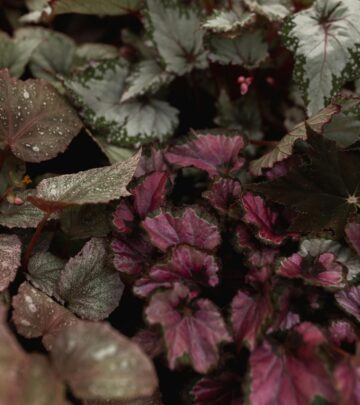
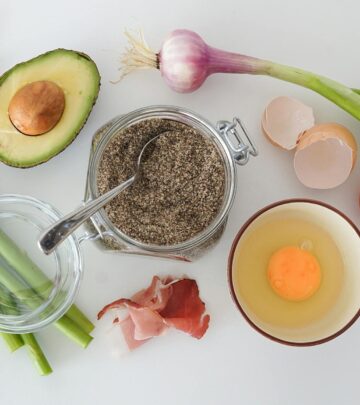
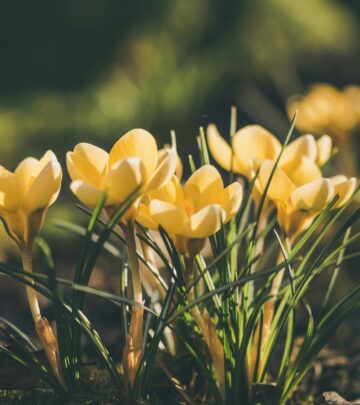
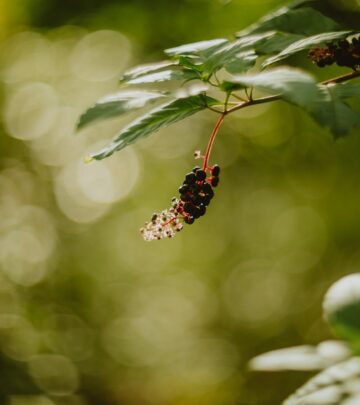
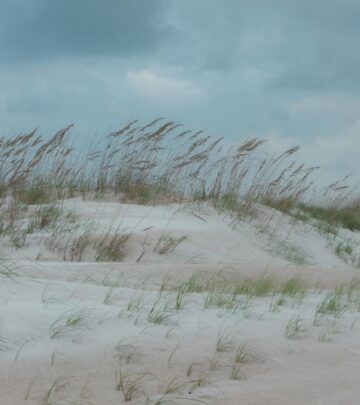

Community Experiences
Join the conversation and become a part of our empowering community! Share your stories, experiences, and insights to connect with other beauty, lifestyle, and health enthusiasts.